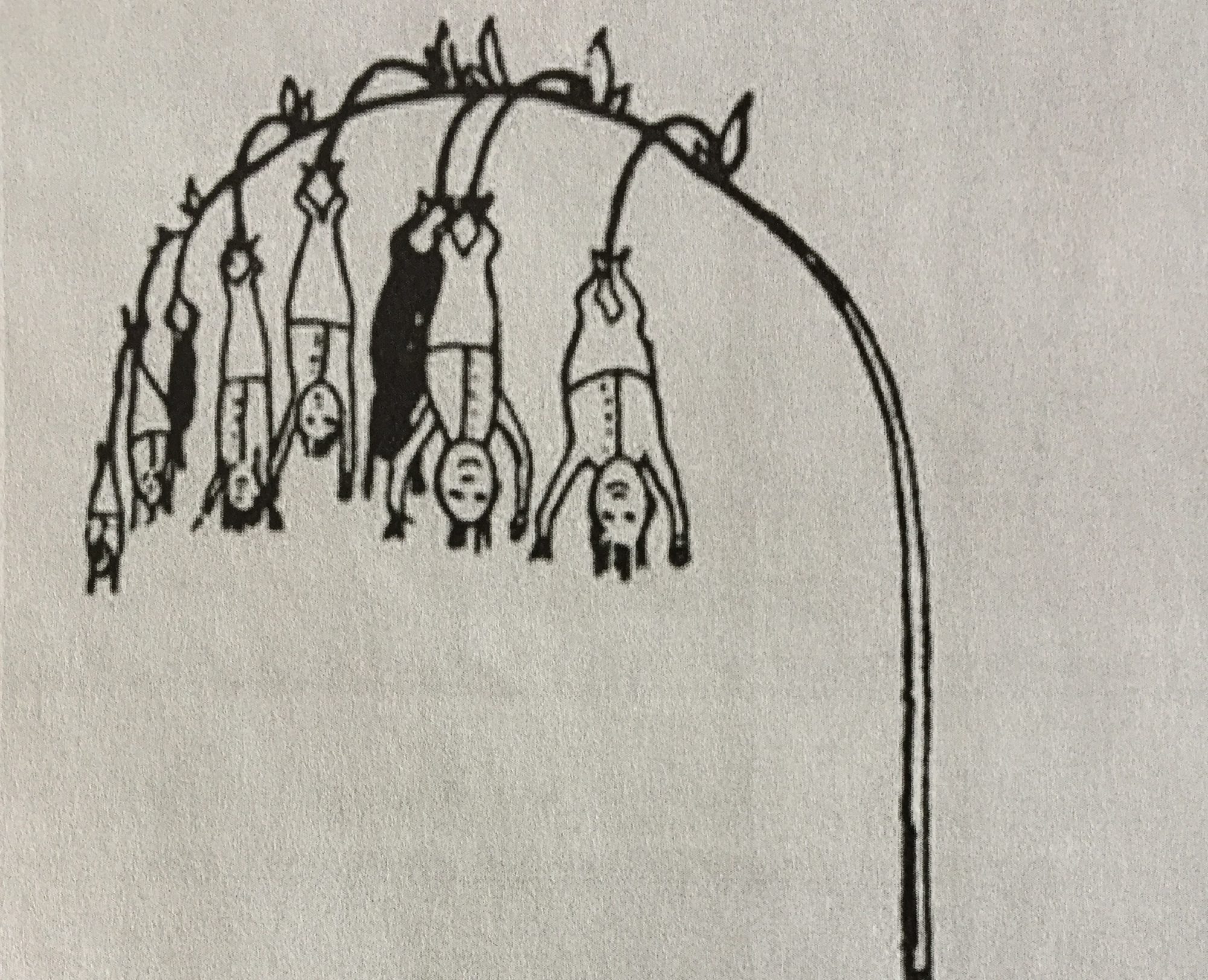To all pataphysical pastries out there, I bring you the Recent Quackisition, No. 4, with extra creme. There are quite a few new things thrown into the Anthology and website, including some secondary and primary sources in the growing bibliographies. But this installation of the GARQ will, as usual, give you the creme-de-la-crempet.

First off is a recent discovery for me, though it’s been around for quite a long time: “What’s the New Mary Jane,” which appears on Anthology 3 (and this demo version). You might also benefit from the Rolling Stone article that gives some context for many of these rough 4-track recordings done pre-White album. It’s trippy, certainly, but the music itself may not rise above that; the lyrics, however (coupled with the music), make up a nice pot of cookie spaghetti. It’s not quite as “goony” as “You Know My Name (Look Up The Number),’ but it’s at least gony, dropping the second (or perhaps the first) ‘o’ somewhere along the way. It’s real gone, man.
On the literary side of things, we have a foundational text: Alfred Jarry’s Exploits and Opinions of Dr. Faustroll. Jarry (1873-1907) is known for his Ubu plays, full of merdre, which shocked the late-nineteenth century in nihilistic nincompoopery (with extra poop). But Faustroll is something different–so different that nobody would publish it, and even now, Roger Shattuck states that “it falls into no genre, not even that of the picaresque novel or the marvel tale” (Taylor edition, 1996, xvii). And yet, Shattuck concedes that “beneath the highly congested surface, and in spite of its desultory structure, one senses in Faustroll the search for a new reality, a stupendous effort to create out of the ruins Ubu had left behind a new system of values–the world of pataphysics. (ix).

Of course, Pataphysics are a nonsensical science, in the vein of Flann O’Brien’s De Selby… placing Jarry’s book, we might say, in the genre of nonsense–or something approaching it. The dance of destruction and creation again, but of course the latter part is logical smoke and imaginative mirrors.
You can find a copy here, on Archive.org, though you’ll have to register. Another copy, unrestricted and probably not entirely legal, might be here.
Come back soon as as a goon, and check out more on: THE GROMBOOLIA ANTHOLOGY OF NONSENSE


















